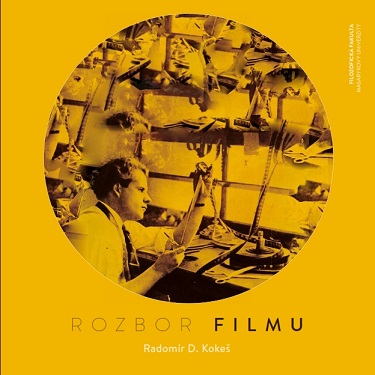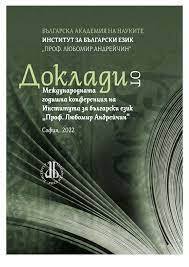Author(s): / Language(s): English
The scientific and technical achievements of the last decades have enabled man to achieve an unquestionable life comfort. Paradoxically, however, they also stand behind his existential struggles, where the need to slow down the pace and restore one’s own emotional and cognitive resources, revive communication models based on immediate contact, be authentic, creative, stronger, and so on breaks through the surface. One way of looking for a personal way of life and its meaning is through a religious, more precisely, spiritual experience. We consider the mystical experience to be the modality of the spiritual expression or, more precisely, its autonomous part. We see it as a descent of man into his own interior, so called the centre, in which he acquires a pouring knowledge of the nature of God. Although it is an individual and spontaneous experience, it is characterized by some universal features: imagery as a means of conveying the inexpressible content and as an archetypal basis of spiritual tradition. The publication focuses on the literary-artistic forms of the mystical experience as well as the literary forms of mystagogy, that is the interpretation of the mystical experience of the mystic. Through individual analytical-interpretative contributions based on the works of the mystics of the Western Christian tradition, we will try to enter into a specific image of ineffability modelled (the language of mystical unification) and reflexively stimulated (the language of mystagogy) by mystical experience. This is a complex subject confirmed by its basic attribute (inexpressibility at the language level) and by its thought-initiated tensions (for example, interior vs. exterior, authentic vs. ritual, profane vs. sacred, natural vs. supernatural).
More...



















